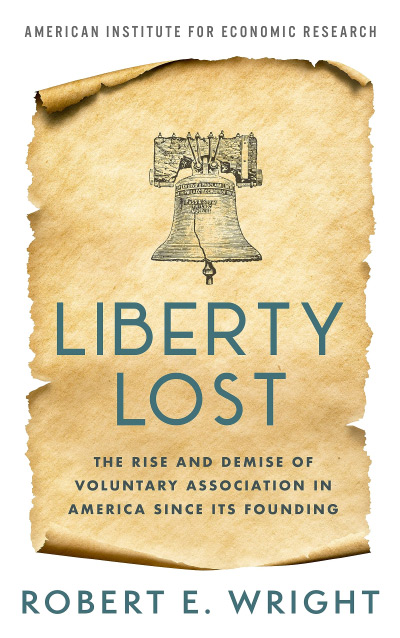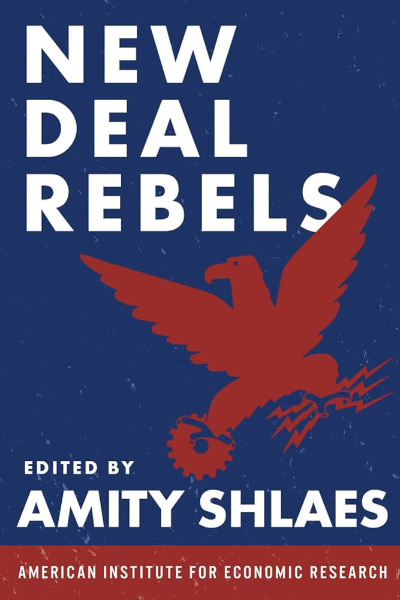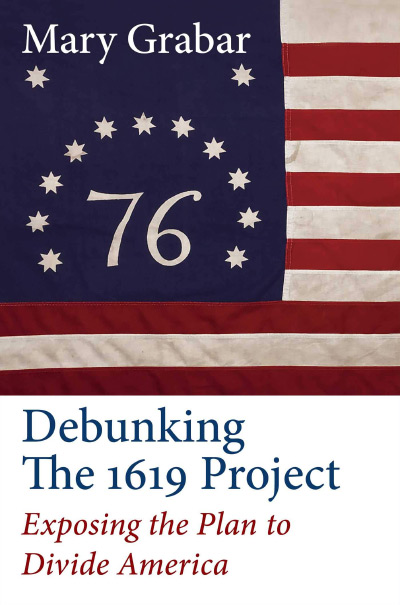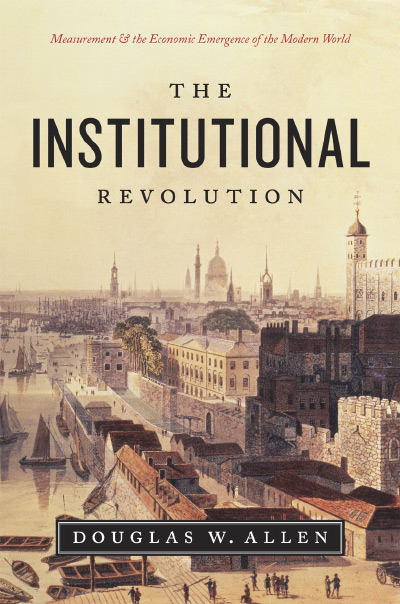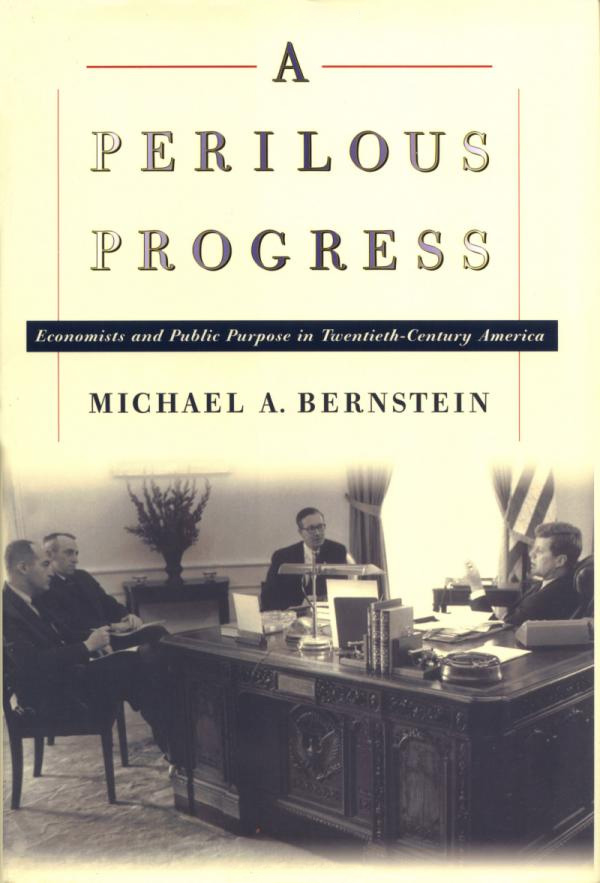Institutions, according to Douglass C. North, are humanly devised rules of the game, consisting of formal rules and informal norms that govern individual behavior and structure social interactions. This definition settles the question of whether institutions matter because only those humanly devised rules that govern behavior or structure interactions qualify as institutions.
But how do I tell if a rule or a norm is an institution? And why does a society at a certain point in time have one set of institutions rather than another? Do institutions reflect current socioeconomic conditions, or do they persist after the conditions that gave rise to them have changed? Are institutions the means by which agreements, morally defensible or not, are guaranteed and maintained over time?
Preferences and Situations is a timely and important book, but its subtitle, invoking “points of intersection” between different approaches to understanding and studying institutions, is somewhat misleading. Sometimes when two academic regions share a border, they do not intersect so much as they come to resemble a disputed border like Kashmir’s: an area of smoking ruins, claimed by both sides in such strong terms that neither can concede without loss of face.
In my view, every society faces three fundamental problems of design:
- Collective choice: I want, you want, but what do we want? Does a collective desire even exist, or must you and I simply fight over the outcome?
- Information and transactions cost: Even if we know what we want, how does each of us know what to do? Who directs us and how?
- Collective action: even if I know what we want and I know what to do, why will I do it? Why don’t I just sit back and let others provide for my wants?
Any system of social organization must supply answers to these questions. Markets perform reasonably well on numbers 1 and 2 without coordination, but may fail on number 3 if basic police and territorial control services are not provided. Dictatorships solve number 1 by making the dictator the “we” and solve number 3 through the lash, but command economies fail to direct individuals, owing to their inability to account for the specific information of time and place (see F. A. Hayek, “The Use of Knowledge in Society,” American Economic Review 35 [September 1945], 521–22).
The problem of creating institutions is that any new institution represents a fundamental change in how political and economic property rights are defined. No one can be sure that the initial assignment will be stable. Dictators may change their minds. Promises in democratic political systems are not stable because the rules seek to bind those who themselves make and can change those rules.
In a transition to democratic institutions, this problem presents itself starkly. Any predemocratic allocation of political and economic rights creates certain patterns of interests and benefits. It is possible to calculate the present value of the stream of rents that accrue under this constellation of rights and privileges. Any proposed change must do more than create a total net surplus, no matter how large; it must also guarantee a stream of rents to those who benefit from the current system that is equal to or greater than the rents (in whatever units reckoned) they enjoy under the current system. The credibility of such a promise can rest on no basis other than its self-enforcing nature. Thus, most such promises are not credible. One might never expect that a majority of the population will refrain from redistribution in its favor or from empowering “truth and reconciliation” commissions after the oligarchs have been stripped of power.
However, the majority might find it very much in its interest to promise such forebearance before the oligarchs leave power, as an inducement to effect the transformation. Because the oligarchs know this fact, no transformation will take place. Thus, the society bears enormous, ongoing deadweight losses because transactions costs prevent an agreement from which both sides can benefit enormously. Institutions exist because they lower transactions costs, but existing institutions and our dependence on them raise the transactions cost of adopting new institutions.
Even if one accepts the foregoing observations, we are left with several fundamental questions, which are posed nicely and often answered at least partially in Preferences and Situations. I was particularly struck by the way the concept of “preference” is held up to scrutiny and subjected to examination through several different lenses and filters. As the editors state in their introduction, “Preferences signify propensities to behave in determinate circumstances by people who discriminate among alternatives they judge either absolutely or relatively. But preferences may in considerable measure be the product of circumstances and institutions that, in mediating between the agency of persons and large-scale historical developments, can guide reasons for how people actually choose” (p. 7, emphasis added).
There is, in principle and in practice, an enormous difference between interest and preference. The researcher might misunderstand interest by placing incorrect weights on trade-offs, or the subject of research might simply have ideas and goals that, from a strictly material point of view, impose costs large enough to appear to conflict with self-interest. Rational-choice institutionalism (RCI) is more useful when we can better claim either that (1) preferences can be specified reliably from other information outside the model or that (2) interest is a reliable guide to preference in the absence of such information.
Few would dispute the first claim, though historical institutionalist (HI) theorists might claim (with some cause) that the use of such “thick” preference orders is rarely seen in RCI work. RCI’s invocation, either expressly or implicitly, of the second claim is the key disagreement between the two schools. HI theorists argue that interest nearly always has nothing to do with preference or that people in complex choice environments not only do not know what their interest is, but have no means of discerning it. Preferences have to come from somewhere else.
I have too little space here for even a cursory discussion of all the essays in Preferences and Situations, but I can point to several highlights. Richard Bensel’s chapter on the 1896 Democratic National Convention begins in a promising way but ends abruptly and disappointingly. He makes a plausible case that the two important events at the convention, adoption of a platform and selection of a party nominee, were quite different. He claims that one case (platform selection) is more amenable to standard RCI treatment because the majority acted rationally to protect its power, but the selection of the nominee (William Jennings Bryan, after his electrifying “Cross of Gold” speech) was unknown and indeed unknowable from an RCI perspective. I was waiting for the other shoe to drop, when instead the door closed and the paper concluded. Bensel does not go on to show what I expected: “and an HI analysis is superior because. . . .” The point is, as in many criticisms of RCI, to identify the limits of rational choice and to warn that it may be unable to predict the future. But the only thing that HI theorists ask of themselves is an ability to predict the past! They offer no alternative ex ante theoretical perspective.
I found impressive Ira Katznelson’s chapter on King Edward’s expulsion of the Jews in 1290, Peter Hall’s on European monetary union, and Barry Weingast’s on persuasion as preference change. All three take on difficult subjects and advance subtle and interesting explanations. None claims too much, and the Katznelson and Hall papers, by example, stake a solid claim to the value of the HI approach. The chapter by Jon Elster, a frequent and effective critic of RCI, is as interesting an application of HI ideas of preference formation as I have seen.
My problem with constructivist approaches (though not with essays in this volume) is that they tend to presume that theory—any general theory—is wrongheaded: everything is different in various ways from one case to another. The central thesis of much of the work reported in Preferences and Situations seems to be that it is difficult to say anything interesting about persuasion, and the authors go on to demonstrate this claim persuasively. So their challenge to RCI has been made. Nevertheless, whether RCI and HI can engage in a fruitful, ongoing cross-fertilization remains to be seen.
| Other Independent Review articles by Michael C. Munger | ||
| Fall 2024 | Tax Turmoil: A Dia Fenner Economic Thriller | |
| Fall 2024 | Retrieving Liberalism from Rationalist Constructivism, Volume I; Retrieving Liberalism from Rationalist Constructivism, Volume II | |
| Fall 2024 | The Dispersion of Power: A Critical Realist Theory of Democracy | |
| [View All (83)] | ||



